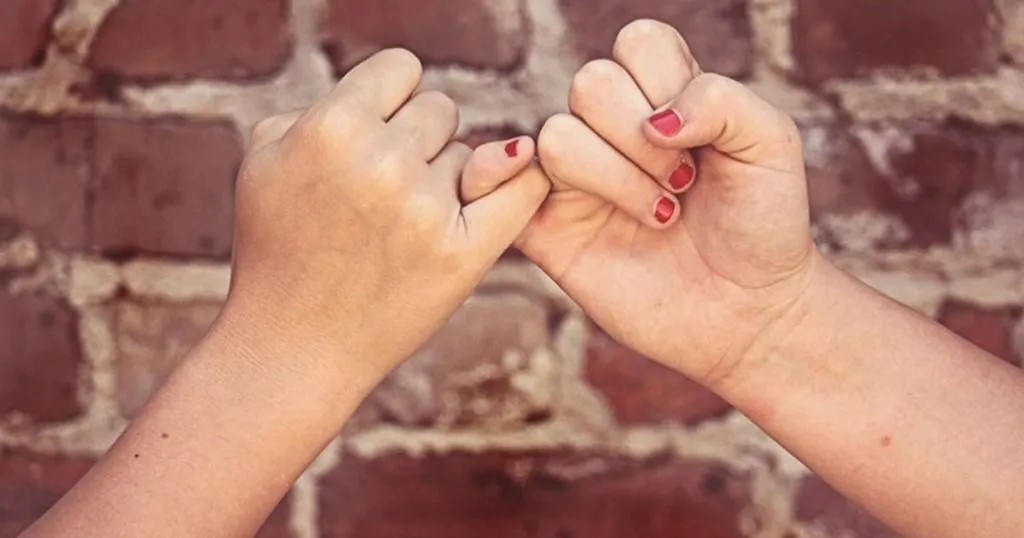The eyes have it: face masks and non-verbal communication
When seeing another person wearing a face mask, humans have to rely on visible facial signals, which are the eyes and eyebrows. Looking someone in the eye is an important part of communication.
Posted by
Published on
Tue 14 Jul. 2020
Topics
| Communication | Emotions |

It is safe to say that the coronavirus pandemic has changed our world, in many different ways. As I write this (July 2020), in The Netherlands, restrictions continue to be lifted, but we must still adhere to socially distancing from people not from our own household and wear face masks on public transport and other situations in which you cannot maintain a distance.
How does wearing face masks affect communication?
As a trainer & consultant at Noldus IT, I spent the last 4 months in my home office doing remote training courses instead of traveling the world. It turned out that technically it is perfectly fine to remotely explain how our behavioral observation systems work.
However, as many people have experienced using programs such as Zoom, Teams, or Skype, it changes the way we are able to communicate compared to meeting someone in the flesh. It made me also wonder how wearing face masks affects communication.
Last week, I got first-hand experience with this as I went to Antwerp, Belgium, to do my first on-site training course since 4 months. Because the room in which the DanioVision system was set up was too small to keep the social distance of 1.5 meters, we all had to wear face masks.
Communication is vital
Two factors in a training course are important to me: the technical side of things, and the social/communicative aspect. Technically, I want to make sure that at the end of the training day the customer understands what the system can do for her and that she is able to acquire good quality data. But the social aspect is also important: I want the training to be a pleasant experience and for this communication is vital.
But with half of our faces covered, would we still be able to communicate properly?
Visible facial signals
When facing (pun intended) another person wearing a face mask, humans have to rely on facial signals that are visible, which are the eyes and eyebrows. Looking someone in the eye is an important part of communication (however, it is also important to occasionally look away because a strong gaze can be perceived as threatening), and sets off all kind of brain processes. Our body also produces a chemical called phenylethylamine that evokes a sense of connectedness when the brain grapples with the overwhelming awareness that we are looking at another conscious being.
Sense of closeness
Could this sense of closeness be experimentally elicited? This is what Arthur Aron, a social psychologist, decided to study in the late sixties. He and his wife Elaine developed three dozen questions to create closeness in a lab setting. On top of this, after going through the questions, some people tried to look each other into the eye for a couple of minutes to corroborate this closeness.
This might mean that the unexpected consequences of having to wear masks, during these sometimes challenging times, are greater empathy and compassion between humans.
Did I fall in love during the training course in Belgium? I did not, but I certainly experienced a sense of closeness that I probably would not have felt to this extent when I hadn't worn a face mask. Of course, the fact that this was the first real-life meeting (for me and the customer) in a long time, also made this a special occasion. I’m looking forward to the next masked session.
References
https://www.nytimes.com/2015/01/09/style/no-37-big-wedding-or-small.html
https://www.nytimes.com/2015/01/11/style/modern-love-to-fall-in-love-with-anyone-do-this.html
Related Posts

Healthcare communication - dealing with emotions

The emotions of people who think they’re nice

